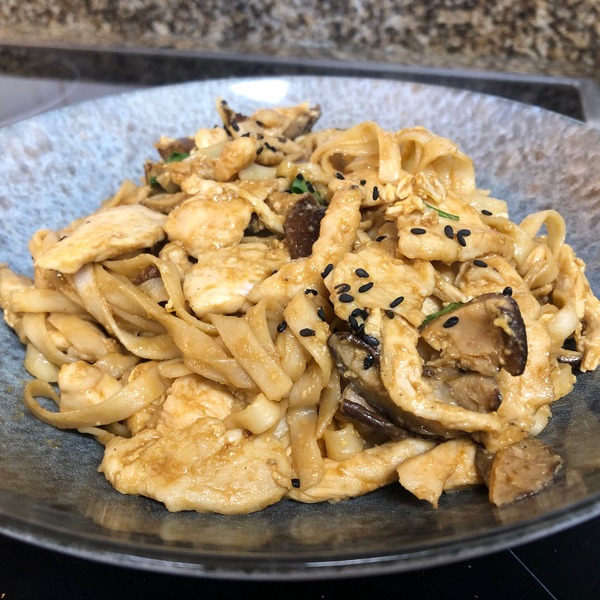Health Benefits of soy sauce
Soy sauce, a kitchen staple in Asian cuisine, offers several health benefits when consumed in moderation. This flavorful condiment is rich in antioxidants, which help combat free radicals and promote overall health. Soy sauce contains beneficial compounds like isoflavones and peptides from fermentation that may support heart health and hormone balance. Traditional fermented soy sauce also provides probiotic benefits, aiding digestion. Additionally, soy sauce is low in calories and contains essential amino acids. However, due to its high sodium content, it’s important to use soy sauce sparingly to avoid potential negative effects on blood pressure and cardiovascular health. Opting for low-sodium soy sauce can help mitigate this concern.
Varieties
Varieties of Soy SauceDo you know there are various types, each with its unique flavor profile and best uses? Let’s dive into the world of soy sauce and explore the differences:

Light Soy Sauce (生抽): The All-Purpose Seasoning
Light soy sauce is your go-to for seasoning and marinating. With its light color and mild, salty flavor, it’s perfect for enhancing natural ingredients without overpowering them.
Culinary Applications:General cooking, stir-fries, cold salads and appetizers

Dark Soy Sauce(老抽): Color Enhancement and Flavor Boost
Bring depth to your dishes with dark soy sauce. Its darker hue and complex, slightly sweet taste. It’s not recommended for dipping sauces or cold salads. Its robust profile is best harnessed in dishes where heat brings out its full potential.
Culinary Applications:Braised dishes, stews, marinades

Tamari: A Japanese Twist
Tamari, originating from Japan, is a soy sauce variant with little to no wheat. Enjoy its rich, savory taste, making it suitable for Japanese cuisine and gluten-free recipes.
Tamari boasts a rich, savory flavor with a well-rounded umami profile. It is often less salty than traditional soy sauce.
Culinary Applications: Gluten free dishes, marinades, dipping sauces, and recipes where a bold umami kick

Shoyu: Japanese soy sauce
Shoyu, a Japanese soy sauce, strikes a balance between soybeans and wheat. It has different varieties like koikuchi (dark), usukuchi (light), and tamari for diverse flavor options.Discover the versatile culinary applications of shoyu, akin to the uses of Chinese light soy sauce and dark soy sauce. Shoyu shares similar versatility in enhancing flavors, making it a fantastic choice for a variety of dishes
Culinary Applications: Usukuchi – refer to light soy sauce. koikuchi – refer to dark soy sauce.
Soy sauce is a versatile and flavorful ingredient with a rich history and numerous varieties to explore. Its health benefits, including antioxidant properties and essential amino acids, make it a valuable addition to many dishes. Whether you’re enhancing the taste of your favorite recipes or discovering new culinary creations, soy sauce can elevate your meals in countless ways. Remember to enjoy soy sauce in moderation to fully appreciate its benefits while managing sodium intake. Dive into the world of soy sauce and let its unique flavors inspire your cooking adventures!










